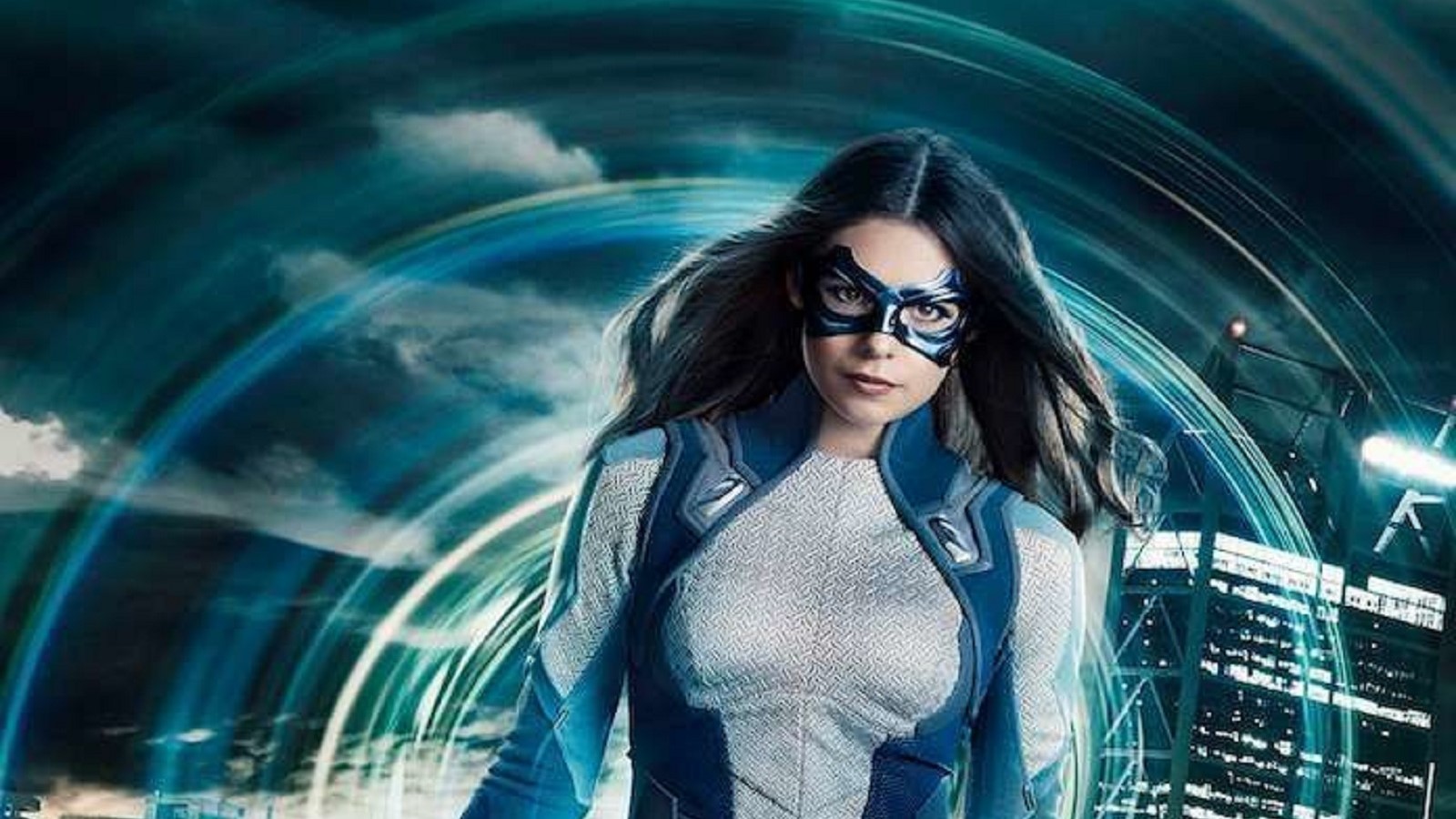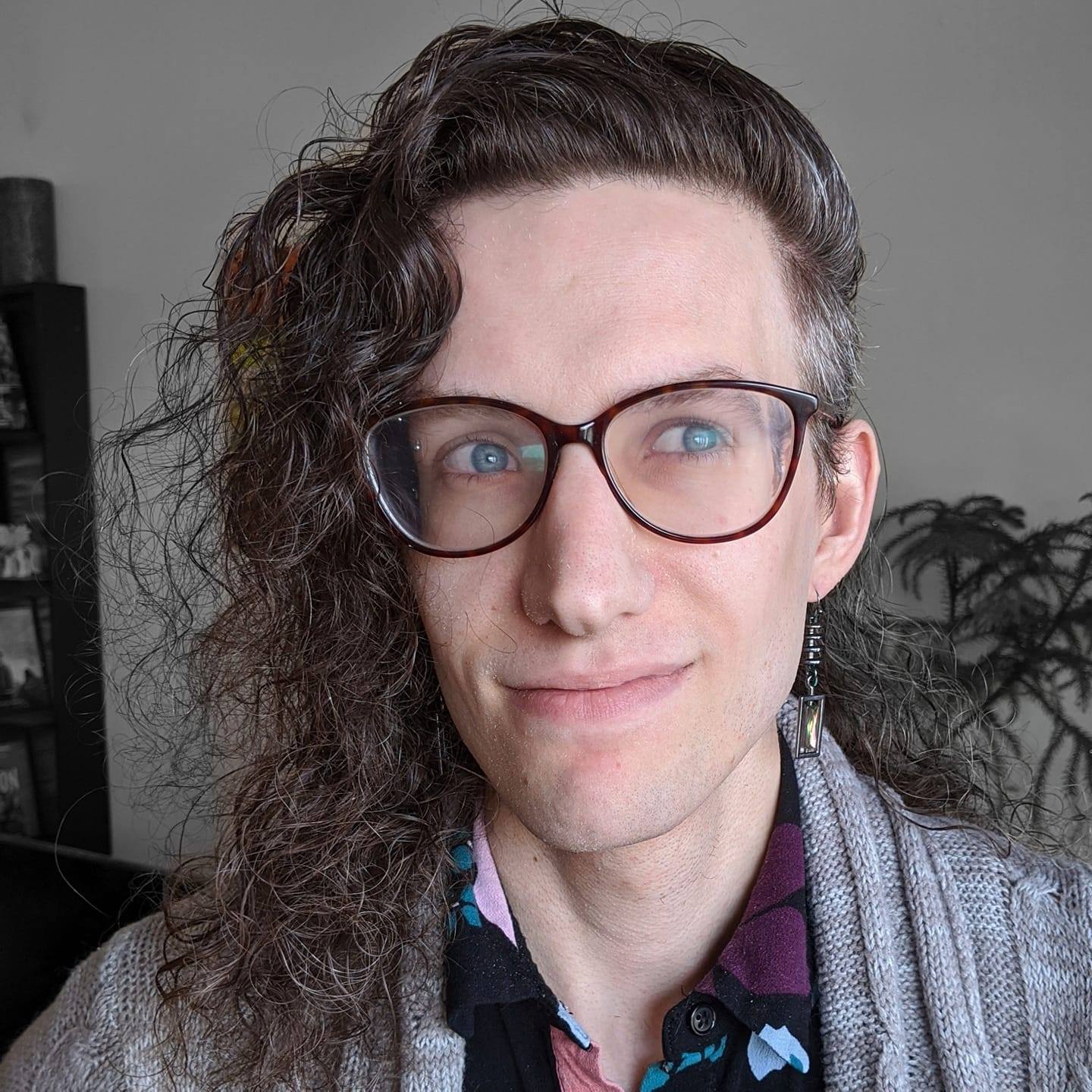‘Supergirl’s Dreamer and the future of transgender representation
Nia Nal is a glimpse at a bright future of trans on-screen portrayals if storytellers are wise enough to take note.

This post contains spoilers for Supergirl
The portrayal of transgender folks in film and television is a veritable minefield of shock-mongering, well-intentioned problematics, and straight-up bigotry. It’s easy to see why many transgender folks opt to relate to the art they consume on an allegorical and symbolic level rather than a literal representational one. After all, the biggest pop cultural portrayals of transgender femininity in the 1990s were in Ace Ventura and The Silence of the Lambs, films that are not exactly noted for their kind and nuanced takes on transgender experience. So why wouldn’t a trans person opt instead to embrace the themes of The Matrix or Ghost in the Shell? At least when an allegory, intentional or otherwise, is imperfect, you can fall back on the indirectness of the storytelling, the literal interpretation allowing you to uphold the themes that resonate most strongly. Thankfully, at least in terms of tone and intention, our cultural benchmark for direct transgender empathy has been raised out of hostility and into cisgender curiosity, which is at least a step in the right direction.
The tide turned in the 2010s toward an examination of transgender people as a novelty of prestige art, much in the same way that romantic drama between two straight same-sex actors became shorthand for Oscar bait in the aftermath of Brokeback Mountain. The Academy awarded cisgender actors Jared Leto and Eddie Redmayne for films that, at least superficially, are empathetic to transgender experience, but the performances themselves border on caricature as the characters inhabited by cisgender actors are almost solely defined by their transgender identity and have no dimension beyond their role as tragic martyr to society’s prejudices.
Television fared better in the 2010s, with Laverne Cox’s groundbreaking role in Orange Is The New Black marking a high-profile shift in transgender actors portraying transgender characters in roles of greater prominence than victims in crime shows. However, there’s still a sense of novelty to this exciting development, a progressive marketing push that turns transgender presence and implicit endorsement into a benchmark of liberal bone fides. Sophia Burset is a huge step forward for trans representation, but Orange Is The New Black constantly references and reminds the audience of Cox’s status as a trans woman in a predominantly cisgender environment. It’s an accepted presence, though not without its share of realistic bigotry, but Sophia starts to become less of a persistent character as the series progresses and the writing gradually loses interest in her as a hook to bring back its audience every season.
The most explicit instance of transgender representation being crafted by transgender creatives is Transparent, a fascinating exercise in watching allyship develop in real time over years of television as showrunner Joey Soloway embraced one of their parents coming out as transgender and realized over the course of the show that they themselves are non-binary. The casting of cisgender actor Jeffrey Tambor as the character inspired by Soloway’s trans mother is a bad foot forward that the show never fully recovered from, feeding into the misguided perception that trans identity is inherently performative and should be replicated by cisgender actors assigned the same gender at birth as the character. Yet actresses like Alexandra Billings and Trace Lysette brought their experiences to roles that were unlike anything that preceded them on television, actively critiquing cisgender relationships to trans identity with writers like Our Lady J and Ali Liebegott providing the words and scenarios to portray that to a wide audience.
However, even this holds an air of cisgender tourism, as the majority of the main cast was cisgender and the entire premise of the show is based on the novelty of watching a family come to terms with its apparent patriarch’s embrace of transgender identity. The show itself is important as an imperfectly entertaining educational tool for cisgender viewers and is step forward in the careers of many of the transgender folks involved, but it’s also limiting transgender identity to a singular discussion of transness, driven by a showrunner whose understanding of their own non-binary identity was explored through the creation of the show itself. There’s value in that, but it still places the show in the realm of performative intellectualism that defined much of the so-called Golden Age of Television.
The next step is to embrace transgender folks as an integrated part of our society, casting them in stories where being trans is an important part of their identity, but it isn’t theirs or the show’s entire reason to exist. We saw this pioneered in conjunction with Orange Is The New Black in another early Netflix show, Lana and Lilly Wachowshi’s Sense8, where Jayme Clayton played a hacker and activist in a show about the psychic connection between strangers around the world, though the show's high-concept premise and execution only ever garnered cult appeal. We’ve also recently seen such integration on Star Trek: Discovery, with Blu del Barrio and Ian Alexander playing roles that casually reference their existence as non-binary and trans people, respectively – sometimes clumsily, though with laudable effort – but without storylines that literally explore those identities for the benefit of a cisgender audience.
The latest updates, reviews and unmissable series to watch and more!
The biggest leap forward, though, feels born from Supergirl’s Nia Nal, which strikes a balance between explicit representation and sheer entertainment value that marks a turning point as important as Laverne Cox’s ascendency, if in a less explicit way. Nicole Maines joined the show as Nia, AKA the superhero Dreamer, in Supergirl’s fourth season, so the show already had an established tone and fanbase, based in part on its poptimist feminism but predominantly for its place in The CW’s extremely popular slate of Arrowverse series based on DC Comics characters. Nia is written to be a recurring and integral member of the show’s main cast, and while Nia is a transgender character and will openly discuss being so with other characters, she is not written to be the show’s token trans character.
Nia is a bit of a dork, with a passion for journalism and justice that puts her in a sort of little-sister relationship to the Girl of Steel. Her superpowers are based on an alien ancestry that is passed matrilineally to women of the species, giving her the ability to see the future. She develops a romantically troubled relationship with Brainy that becomes the crux of a storyline about suspected betrayal and hidden emotions. These are characteristics and plotlines that give Nia dimension independent of being trans, allowing her to exist as a character without having to make constant reference to a known and understood fact of her identity.
But the show is also not shy about exploring Nia’s character in episodes and plotlines that specifically highlight her transness. Within a couple episodes of joining the show, Nia comes out to her boss James Olsen in a bid for the CatCo newspaper to prioritize support for threatened minorities over the appearance of “balanced” reporting. One episode explores Nia’s relationship with her family upon the realization that the inheritance of her mother’s precognitive powers marks her as the female successor of her bloodline, even as her sister struggles to accept that reality because Nia is trans. Another episode finds Dreamer coming to explicit terms with violence against the trans community and with her role as protector, not as an angel of vengeance.
These examples are explicit, blunt, and not totally immune from criticism of their exploration of trans issues, but they are in keeping with the show’s overall portrayal of feminist issues with light allegory and unfiltered melodramatics. Supergirl itself is built on a foundation of feminism that works in conjunction with its superhero antics, which is part of why it’s so important that Nia Nal became the first transgender superhero on television through this show. Nia is neither tokenized for her existence as a trans woman in this cast, nor is she assimilated without acknowledgment of what Nicole Maines can specifically bring to the role. She is successfully integrated into a popular superhero show, the height of pop-cultural significance in the current zeitgeist, and her presence paves the way so that other transgender performers can have similarly integrated, widely seen roles.
All this isn’t to say that there isn’t still a place for prestige dramas to explore transgender experience or for transgender creators to make works exploring their own experiences. Orange Is The New Black, Transparent, and the works of the Wachowski sisters all deserve their places in trans art history for what they bring to the table. However, Nia Nal matters so much as a character because she’s showing her humanity in a medium that casts a wide net and captures more than a niche audience because of it. As attacks on the autonomy and safety of transgender people continue to rise, that empathetic inclusion in our broadest forms of entertainment gives hope that the tide can turn against hate.
Leigh Monson has been a professional film critic and writer for six years, with bylines at Birth.Movies.Death., SlashFilm and Polygon. Attorney by day, cinephile by night and delicious snack by mid-afternoon, Leigh loves queer cinema and deconstructing genre tropes. If you like insights into recent films and love stupid puns, you can follow them on Twitter.


